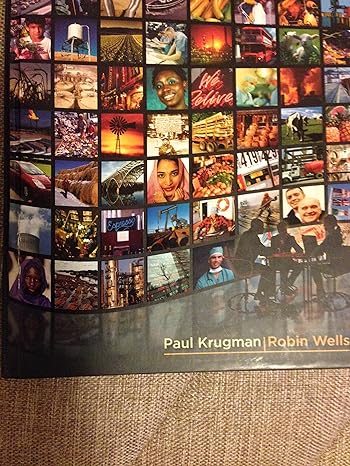1.9. Prior to 2003, the city of London was often one big parking lot. Traffic jams were...
Question:
1.9. Prior to 2003, the city of London was often one big parking lot. Traffic jams were common, and it could take hours to travel a couple of miles. Each additional commuter contributed to the congestion, which can be measured by the total number of cars on London roads. Although each com muter suffered by spending valuable time in traffic, none of them paid for the inconvenience they caused others. The total cost of travel includes the opportunity cost of time spent in traffic and any fees levied by London authorities.
a. Draw a graph illustrating the overuse of London roads, assuming that there is no fee to enter London in a vehicle and that roads are a common resource. Put the cost of travel on the vertical axis and the quantity of cars on the horizontal axis. Draw typical demand, individual marginal cost (MC), and marginal social cost (MSC) curves and label the equilibrium point. (Hint: The marginal cost takes into account the opportunity cost of spending time on the road for individual drivers but not the inconvenience they cause to others.)
b. In February 2003, the city of London began charging a £5 congestion fee on all vehicles traveling in London.
Illustrate the effects of this congestion charge on your graph and label the new equilibrium point. Assume the new equilibrium point is not optimally set (that is, assume that the £5 charge is too low relative to what would be efficient).
c. The congestion fee was raised to £8 in July 2005. Illustrate the new equilibrium point on your graph, assuming the new charge is now optimally set.
Step by Step Answer:






